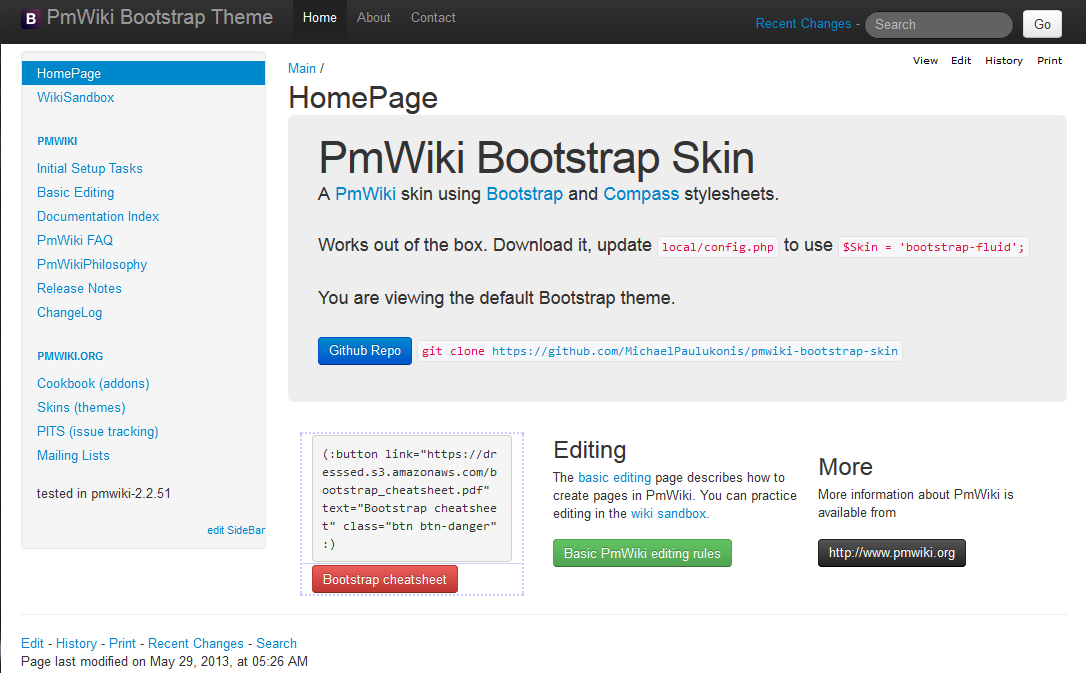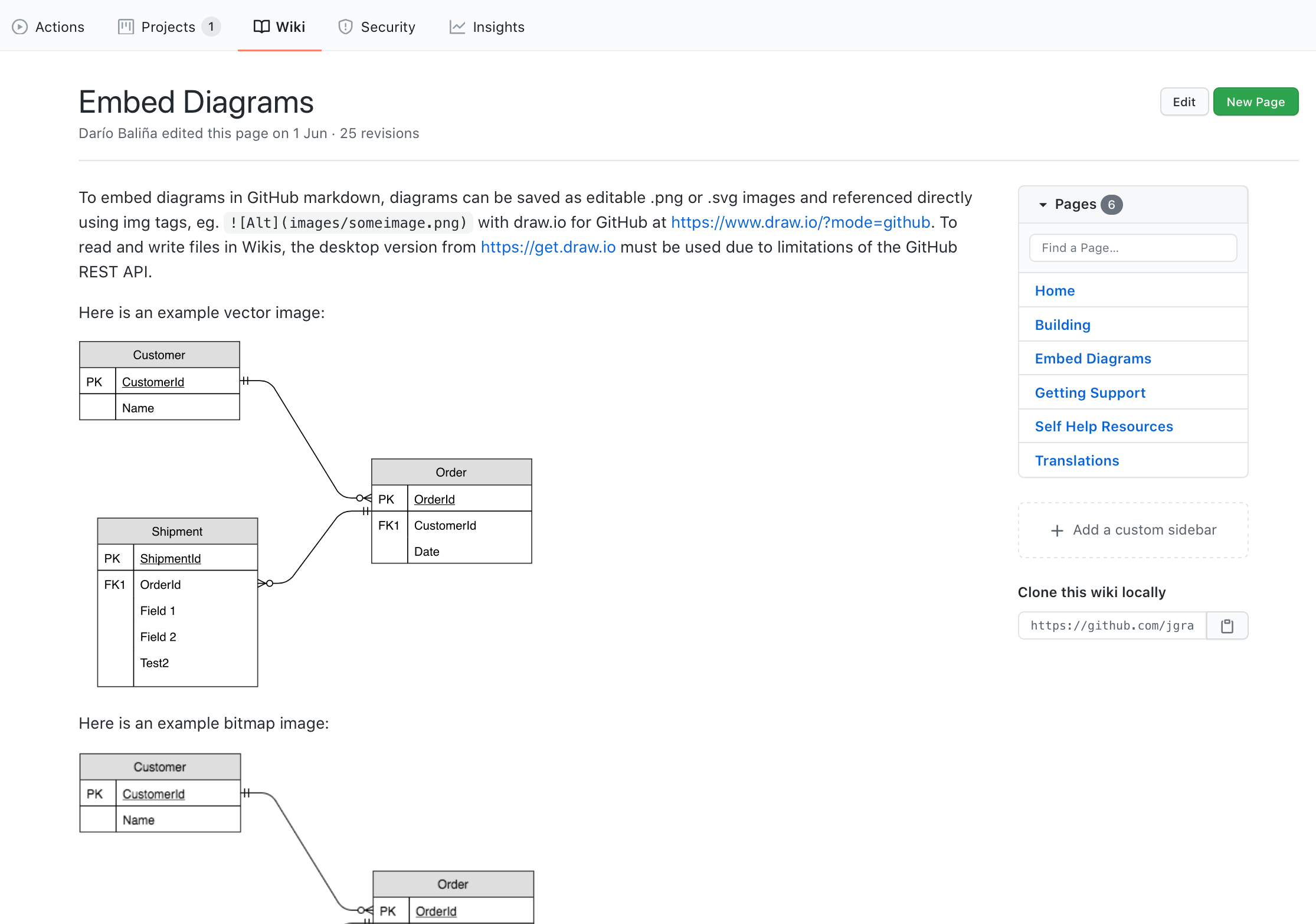WordPress uses Subversion (SVN) for revision management. Before Subversion, it used CVS. Right now, Git is a hot option in the SCM category. It offers really nice features such as decentralization, speed, fast and cheap local branching, better merging, more offline capabilities, staging of commits, and lots more. It’s premature to talk about moving WordPress core and plugins to another SCM system — we have a lot invested with Subversion and Trac. But be of good cheer. You can have your Git and commit to Subversion too! Here’s how I do it.
Readme Github Markup Extension
First, tools. You’ll need Git, obviously. But you’ll also need git-svn-diff, a Bash script that generates Subversion-compatible diffs.

Download git-svn-diff, put it somewhere in your path, and make it executable. Like this:
A README file contains information about other files in a directory or archive of computer software. A form of documentation, it is usually a simple plain text file called Read Me, READ.ME, README.TXT, README.md (for a text file using markdown markup), README.1ST – or simply README. C# 9 and.NET 5 - Modern Cross-Platform Development Mark J. Price download Z-Library. Download books for free.
Next, to enable you to do git svn-diff instead of git-svn-diff, edit ~/.gitconfig and add this:
This next step is going to take a while. You’re going to pull down WordPress’ SVN history using Git’s SVN support.
You might want to let that run overnight. Really. It’s going to go through each changeset.
Wifikill for mac. Once you’re done, you should be in the Git master branch, which corresponds to WordPress SVN’s trunk. WordPress’ branches are in remotes/{name}
To pull in the latest changes from SVN, use git svn rebase. Important rule: never modify the SVN branches (remotes/{name}). Instead, create a new topic branch.
For example, say that I’m going to work on a ticket for trunk. I’d create a new branch from remotes/trunk like this:
That will create a new local Git branch called ticket-12345 Sorenson for mac. based on SVN’s trunk, and then check it out (i.e. switch to it).
If you’re working on a WordPress SVN branch, you can do something like this:
Do your work in the branch you created. You can make multiple local Git commits if you want, to break up your work into smaller chunks that make sense to you.
When you’re ready to submit your patch, use git-svn-diff to produce it.
If you have commit access, you can commit to Subversion from this topic branch. But be careful! First you should do git svn rebase to bring your patch up to date. Next, you should squash your local git commits, otherwise each one of them will be individually committed to SVN (hello, flood). So rebase your commits into one commit, like so:
Use “reword” on the first commit. Use “fixup” on the subsequent ones. That will roll the commits up into one. You’ll then be prompted to enter your amended commit message for that commit amalgam.
Readme Github Markup Program
Ready? You can now commit to SVN using:
Git knows which remote SVN branch it came from when you checked out your topic branch. You can verify which one it is attached to by doing:
A few tips:
Create a .gitignore file. This lists files or directories that you want Git to ignore. First, you want Git to ignore the .gitignore file itself! Next, you want Git to ignore your local wp-config.php Finally, you want to ignore any additional plugins, must-use plugins, themes, uploads, etc. Just do a git status and add anything that you don’t want to commit to WordPress or put in your patches.

I hope you found this helpful! Let me know if you have any questions.
